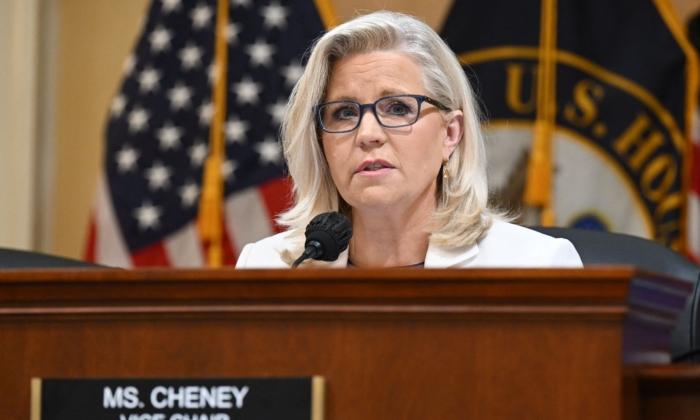Climate activists and the United Nations are suffering a major black eye this week as protests and riots resulting from high energy prices have erupted in Santiago, Chile.
Chile, which will host a major U.N. climate conference in December, earned praise from climate activists for recently imposing a carbon dioxide tax on conventional energy sources and switching the Santiago Metro system to renewable power. Now, the people of Chile are rising up and firing a shot across the bow of other nations considering similar energy taxes and expensive renewable energy programs.
On Oct. 25, protestors took to the streets throughout Santiago in response to Metro fare hikes. The protests soon spread to other cities and led to rioting and at least five reported deaths. The Chilean government and the legacy media blamed the fare hikes on rising oil prices. But that isn’t true.
Oil prices aren’t rising. Global
oil prices are currently 25 percent lower than they were a year ago and 37 percent lower than they were five years ago.
In Chile,
gasoline prices reflect the lower oil prices. Chilean gasoline prices were $1.12 per liter in August (the most recent month for which data are available), compared to $1.28 a year ago. Five years ago, gasoline sold at $1.50.
Santiago Metro fares are rising, amid falling oil and gasoline prices, because government officials in 2018
traded out most of the Metro’s energy sources to wind and solar power from conventional sources. The Chilean government also hit the portion of conventional power that remains with
new carbon dioxide taxes.
As a result, Chileans are now burdened by higher Metro fares reflecting unnecessary energy price increases. As Chileans protest, climate activists and their media allies want people to believe oil is to blame, rather than government climate programs that raise energy prices and impoverish people.
Unlike speculative climate change woes that never seem to materialize, carbon dioxide taxes and renewable energy mandates immediately and measurably raise living costs and reduce living standards. In the United States, people may have some concern about climate change, but polling shows most Americans aren’t willing
to pay $2 per month to reduce carbon dioxide emissions.
In Chile, where
per-capita income is merely one-quarter of U.S. per-capita income, people are understandably even less willing to pay for carbon dioxide reduction. Moreover, Chile’s per-capita income is higher than that of most other Latin American countries, so people in other Latin American countries would be even more likely to rise up and protest economically destructive climate change programs like the ones imposed in Chile.
For United Nations officials planning the 25th Conference of the Parties (COP25) climate conference, scheduled for the first two weeks of December in Santiago, the protests are especially embarrassing. Last year’s U.N. conference took place in Poland, where government officials and the prominent Solidarity labor union have criticized costly U.N. climate programs. Solidarity even held a press conference at the U.N. event and issued a
joint statement criticizing U.N. climate activism.
The December U.N. conference was originally scheduled for Brazil, but the Brazilian government strongly criticized U.N. climate activism and told the United Nations it
no longer desired to serve as host.
The Chilean government offered to host in Brazil’s place, touting its carbon dioxide taxes, renewable-powered metro, and other activist climate programs. Yet, the world is seeing the Chilean population rioting in the streets as a result of those taxes and climate programs. This is the third major black eye for the U.N. Conference of the Parties in less than a year.
The Chilean protests, like the
Yellow Vest protests that erupted in France a year ago, highlight how out of touch the international climate class is with the people they seek to govern and control. Faced with a choice between suffering certain lower living standards today or dealing with speculative climate change in the distant future, people wisely choose the latter.
That will continue to be the case until predicted climate harms actually materialize and negatively affect people, or until wind and solar power can economically compete with conventional energy. So far, neither has been the case.
James Taylor ([email protected])
is the director of the Arthur B. Robinson Center on Climate and Environmental Policy at The Heartland Institute. Views expressed in this article are opinions of the author and do not necessarily reflect the views of The Epoch Times.





